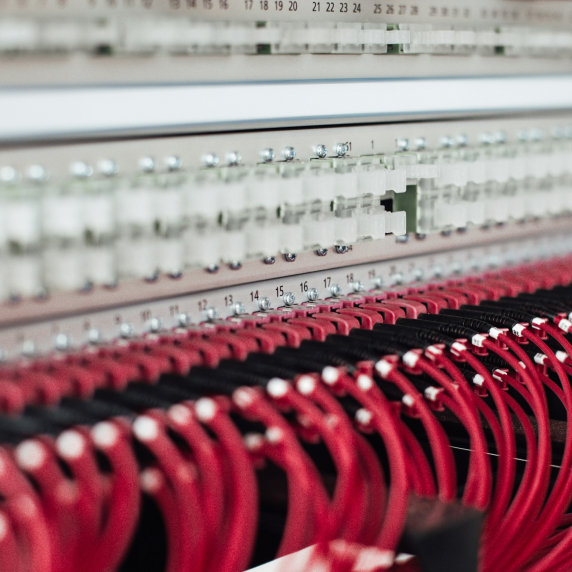In our ever-connected world companies rely on speedy, secure, and scalable networks more than ever. A lot of people are focused on cloud or Wi-Fi applications But what they may not know is that behind each smooth connection lies a cabling system. This is the invisible structure that keeps the network in place.

Image credit: gokaravan.com
There is no option but to get the right structured cabling, it’s a requirement.
What is Structured Cable, Really?
Consider structured cabling as the physical skeleton of your IT infrastructure. It’s a common way to arrange cables and hardware so that computers, phones servers, servers, and security systems all can connect and communicate. Structured cabling is logical and clear. It is able to adapt to your evolving tech.
It is essential to plan your cabling infrastructure carefully to ensure that it supports all your needs which include audio, data, multimedia and many other technologies. Modularity lets you add, move or change systems without creating major disruption. It’s also scalable and ready to grow as your business expands.
What is the reason Structured Cabling Services Matter
Structured cabling isn’t a one-size-fits-all solution. Every structure, every sector, and every kind of business will have its own unique needs for performance. A partner who is experienced in structured cabling is essential.
Experts will evaluate your current infrastructure, your future needs as well as the physical layout in order to create a customized design. The services offered include horizontal and backbone cabling, patch panel distribution frames, and quality assurance testing of every cable.
Karavan Technology offers structured cabling solutions in the US and Canada which are adapted to both simple and complicated situations. The solutions offered range from Cat5E to high-frequency Cat7 cables that can handle 1200MHz. This means you get speed and reliability on every level.
Installation of Structured Cabling
One of the biggest misconceptions is that installing structured cabling is disruptive. A skilled team of technicians can finish installations quickly, efficiently and without affecting the everyday activities.
What is a typical installation?
1. Engineers will evaluate the area and decide on cable routes. They will also draw the endpoints.
2. Installation: Racks, cables patches panels, cables, and outlets are properly installed and labeled.
3. Test and certification: Each connection is tested for signal quality, and then certified according to performance standards.
4. The documentation is available to assist with troubleshooting, upgrades or future troubleshooting.
The result is a digital system ready to plug and play. It will be there for you for many years.
Future-Proofing Structured Cabling Systems
The technology evolves quickly and your infrastructure must also. A well-implemented structured cabling system offers future-proofing benefits that make it easier to upgrade or expand without starting from scratch. It is feasible to add new devices, workstations, or servers without the need for a total overhaul.
Furthermore, with the demands for data rising, especially with cloud video conferencing and computing, having a strong base will prevent bottlenecks, and also ensures consistent performance. You don’t have to worry about latency, signal loss, or costly interruptions due to outdated wiring.
Final Thoughts
Structured cabling is not visible but it should not be out of mind. Structured cabling is the backbone of a network that is future-proof and can be used to support every aspect of your business. With expertly structured cabling installation and customized structured cabling services it is not just a matter of improving your performance, but create the foundation for the long-term viability of your business.
If you’re setting up a new office, enhancing an existing system or contemplating a large-scale deployment that you won’t regret investing in an organized cabling solution.
